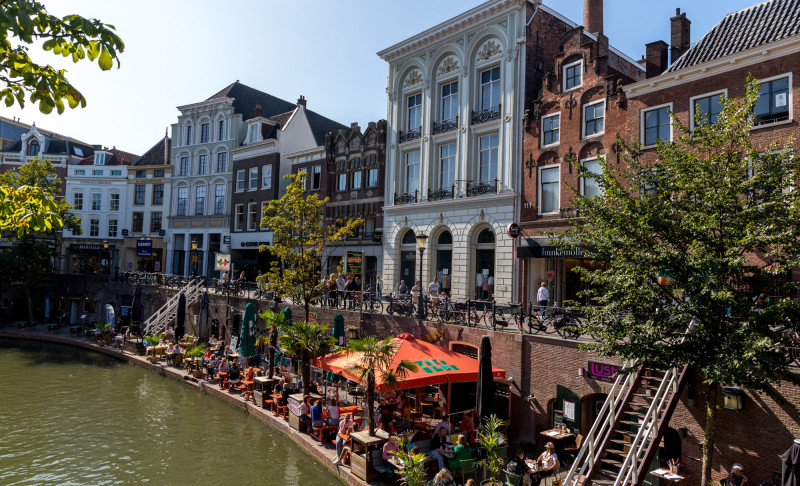
The Making of Europe: From Middle Ages to Modernity
Taking the alluring city of Utrecht as a starting point, this course offers students the opportunity to step into history.

Taking the alluring city of Utrecht as a starting point, this course offers students the opportunity to step into history.
The visits to museums, cathedrals and canals of Utrecht and Amsterdam, will show students some of the most breathtaking highlights of European history and culture. This historical journey will help course participants understand the many social, historical, religious and cultural factors that came to shape modern Europe.
One of the time periods that will be dealt with is the Dutch Golden Age: the era roughly spanning the 17th century. In this era the Dutch became one of the world’s greatest maritime, economic and artistic world powers after rebelling against their Spanish rulers. To obtain an impression of the significance of this era in Dutch and European history, several locations in Utrecht will be visited. This includes Utrecht’s Gothic Saint Martin’s Cathedral, the place where the Union of Utrecht was signed in 1579, signaling the Dutch hunger for independence; the wharfs and wealthy canal houses that still testify of the economic success of Europe in the Golden Age; and the public parks and patrician houses, which attest to the rising bourgeoisie in the 19th century.
In this course students will have the opportunity to visit several historical museums in Utrecht, the Rijksmuseum in Amsterdam and the 13th century royal palace in The Hague where the Dutch government is seated today. After these two weeks in Utrecht, students will be able to analyze and discuss the role of the Netherlands in the making of Europe and have a firm understanding of the main political, religious and cultural developments that took place in Europe in this time period. During these two weeks, course participants will definitely be able to ‘experience’ history.
This course has been designed for students with an interest in the social, cultural and political developments taking place in Europe from the Middle Ages until the end of the 19th century.
At the end of this course, students should be able to:
This course consists of 12 to 16 hours of lectures per week; approximately 10 hours of fieldtrips; self-study.
Examination and grading: Students will be expected to hand in three minor written and oral tests. In addition, they are graded for their attendance and participation. These assignments make up 30% of the final grade. 70% of the final grade consists of a written final exam testing all reading and lecture materials.
The housing costs do not include a Utrecht Summer School sleeping bag. This is a separate product on the invoice. If you wish to bring your own bedding, please deselect or remove the sleeping bag from your order.